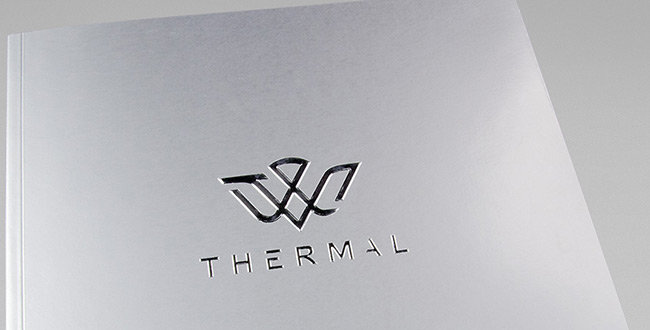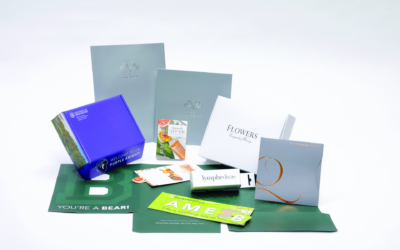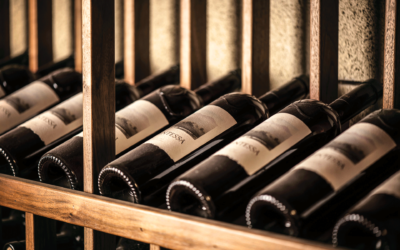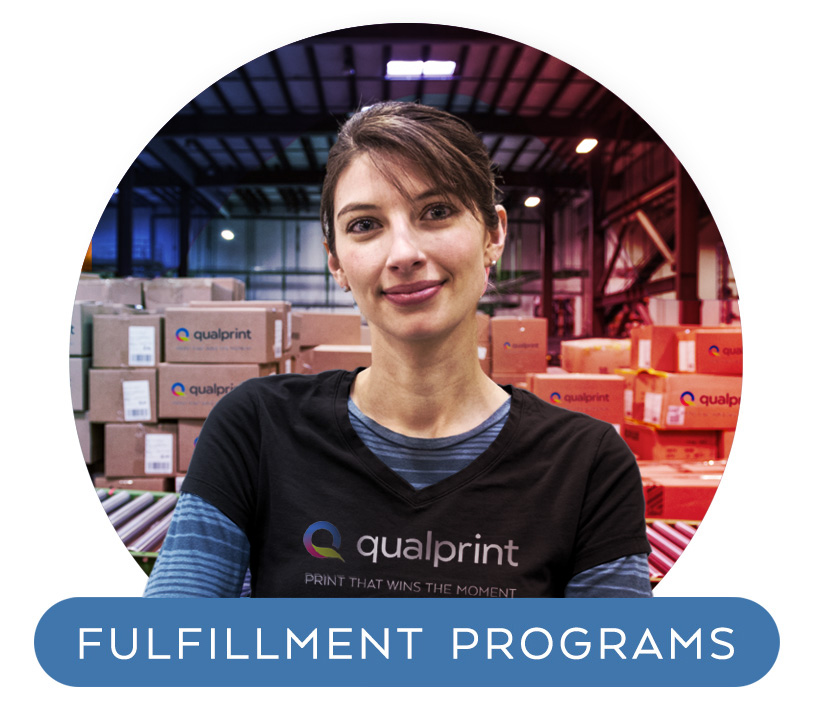Embossing vs Debossing: What’s The Difference?
While researching the best enhancement for your printed marketing collateral, you may have run across the terms “emboss” (‘embossing’) and “deboss” (‘debossing’). Embossing and debossing are imprint methods like silk screening, laser engraving, or spot coating. Imprint methods draw attention to the item you wish to highlight, and protect the design element from fade and wear.
These print finishing types are popular techniques that create a “one of a kind” printed piece that stands out where many others fall “flat” (literally and figuratively). When used creatively to match the theme of your marketing material – whether it’s high end or rustic, these dimensional enhancements (3D) encourage the recipient to interact with the piece. Adding dimension creates a tactile experience, where people seemingly can’t help but run their fingers over the embossed or debossed areas.
So, “What is the difference between embossing and debossing?” Does one suit your needs more than the other?
In this article, we review embossing vs debossing, the difference between the two, and some considerations to keep in mind when deciding which print enhancement you should use.
What is Embossing?
If you aren’t already familiar with the term, embossing is the process of stamping or carving a design onto a material like cardstock, leather, or fabric that creates a raised, dimensional (3D) area on the product.
This raised design is achieved by pushing a metal die from underneath the substrate. The raised area can then have ink or foil applied to it for added effect, or it can be left unprinted or unfoiled. **Pro tip: When finalizing your embossed designs, be sure to consider the back of your product. Embossing an element will create a “focus area” by raising the image, but it will affect the back of the piece. Think of a way to either incorporate the reverse-emboss area into your design, or apply a backing if you don’t want the area visible.
How do we ensure a quality embossed product?
For the most effective embossed pieces, we make a detailed die and select a heavier weight (or textured) paper type to guarantee that the depth and detail of the embossed graphics are achieved. To visualize an example of something that’s been embossed, picture a notary stamp/seal. The stamped area is raised to the touch and completely legible, despite not being printed.
What are some examples of effective embossed pieces?
Since embossing adds sophistication and unique style to your piece, the sky’s the limit with what you can do with it. Common examples of embossed pieces include:
-
- Embossed note cards, holiday cards, thank-you notes, and other ‘cards’. Put these items to work highlighting your brand name, logo, and more.
- Embossed business cards stand out from the rest, with your name (literally) popping out when a prospect picks up your card.
- Luxury marketing pieces: booklets, product guides, and more: Emboss an area on the cover of your high-end marketing pieces to make an impression sure to last.
- Embossed stickers! Seal your note cards, stand out at trade shows, and dress up your products to WIN your moment.
Now that you’re familiar with embossing, let’s talk about ‘debossing’.
What is Debossing?
Debossing is essentially the opposite of embossing, leaving a depressed imprint of your design in the material of your choice. Your design is printed, pressed or stamped directly on the material so that the area around the die impression can be raised, rather than raising the logo or image itself.
The debossing process begins the same way as embossing – with the creation of a die and counter-die of your desired image, logo or design. Not only that, but you can also choose to leave the debossed area untouched or fill it with ink or foil stamping, like the embossed print technique.
**Pro tip: Incorporate the debossed area (on the back side of the piece) into your design.**
Let’s discuss the differences between embossing and debossing now that we’ve defined each of them.
The Difference Between Embossing and Debossing
Embossing creates a raised design, and debossing creates a depressed design.
Both embossing and debossing can be used in combination with offset printing or foil stamping to add depth and impact to a design. Dies can be sculpted as single-level, multilevel, sculptured or with beveled edges to create striking, multi-dimensional designs.
Now that you understand both of these dimensional print finishing options, you can plan your next project design to incorporate the method you choose.
If you’re struggling to decide which process to use, you’re not alone. The next section shares information about which finish might be a good fit for your next project.
Considerations for Which Finish Technique to Use
Embossing and debossing are commonly used on printed items such as invitations, folders, stationery, leather and other product packaging. They create a more appealing piece for the recipient, and encourage them to interact with the product.
Regardless of the technique you choose, embossing and debossing can help your print projects stand out in a variety of ways.
Consider the following to understand what can be achieved with both.
-
- If you want to focus attention on important information (with embossing or debossing), select a design element to emboss that draws your readers’ eye to the most important information on your piece.
- Looking to highlight your logos? Both techniques can help your company stand out on products like stationery, letterheads, and envelopes to add that professional touch.
- Just want to add texture and boost visual interest? The power of touch should never be underestimated in print marketing. Whether it’s embossed or debossed printing, they both add unique textures which feel good in the readers’ hands by providing a captivating effect.
- Add embossed areas to create the perception of value and sophistication with the recipient. These enhancements communicate a higher value to your customers..
Embossing and debossing can both be a great way to stand out among your competitors.
Ready to WIN your moment?
Let us help.
Contact us now
For more information and if you need assistance with printing and print marketing
Phone: (413) 442-4166
Blog Form
+ More Articles
Special Finishes Articles
More stories from Qualprint...
Die-Cut Print Options & Die-Cut Examples
Die-Cutting in the print industry provides you with a creative way to differentiate yourself across the medium as well as enables a...
Top Ways to Improve Customer Experience at a Winery
Many customers who’ve visited a winery have felt something was missing in their experience? In an industry where every detail matters,...
Custom Printing for Marketing Agencies
Print remains an indispensable tool, partly because 75% of buyers find printed material to be more trustworthy than other types of...






